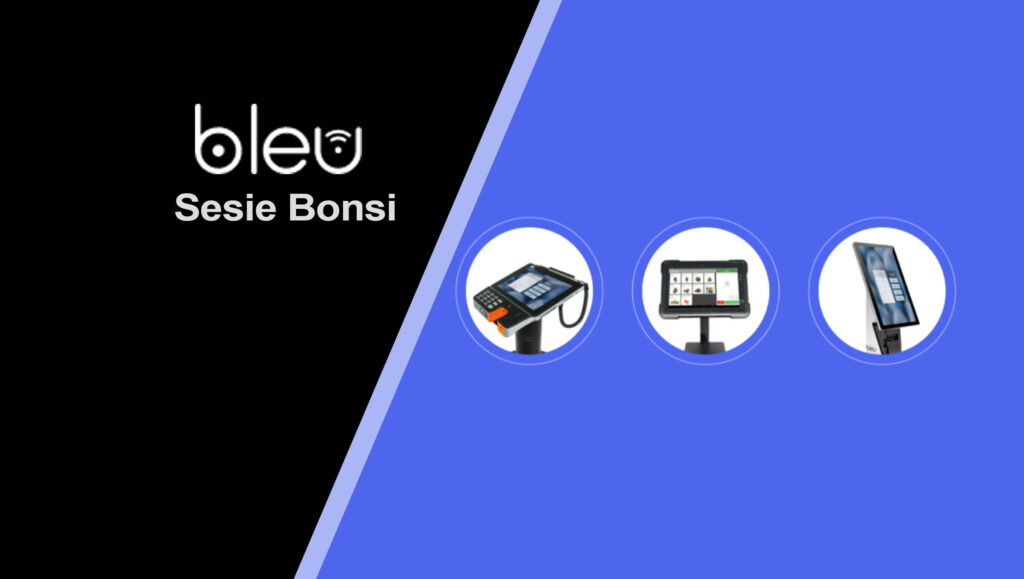It’s post-COVID and you are heading to your local grocery store. You fill up your cart with your favorite foods and wait in the queue to pay. When it’s your turn, you line up the goods on the conveyor belt only to realize that you left your wallet at home.
Now, imagine the same scenario but in a digitized store. There are no registers or cashiers, you simply walk in, select your food, and leave the store directly when you’re done. Here, the only thing you need for a successful checkout is your phone. Compare these two experiences, and you can see exactly where the future of retail is heading.
In the traditional checkout process, there are simply too many variables that can go wrong and result in a negative customer experience. The demand for convenience and safety – 78% of consumers have changed how they pay to reduce contact during the pandemic – brings the payment stage into the spotlight.
As payment providers begin to materialize a brighter future for the way we shop, retailers simply can’t afford to be late to the party.
Read More: Unanswered Calls May Be Costing Your Business More Than You Think
The Amazon Go experience – but for everyone
Six minutes, 46 seconds. That is the maximum time an average shopper is willing to wait in a queue. Across retail, queues are undoubtedly one of the most pronounced customer pain points – but something that a contactless, digital payment process can easily solve.
With autonomy as its primary objective, modern transaction environments allow customers to take control of the entire checkout process. By finishing the transaction using a mobile device and one easy click, the payment software can automatically send a confirmation directly to the retailer’s point-of-sale (POS) through either the internet or Bluetooth, bringing both more customer lifetime value and greater loyalty.
This strategy is nothing new: Amazon Go stores have shown this level of convenience, boasting smart shelves, scanners, and shopping carts. However, with advances in payment technology, such an experience is becoming affordable for every retailer out there. With only a scan-and-shop app, customers can scan the barcode of each item and then have their basket scanned with AI when they pass through a smart kiosk. Such a setup allows any retailer to bring themselves to the forefront of innovation and compete even with industry giants.
Payment diversity opens new doors
Digital payment methods bring pools of useful data – and when combined with location-based information that customers opt in to sharing, retailers can design powerful, ultra-personalized automated marketing campaigns.
When integrated within one app, retailers can send real-time promotions based on a customer’s favorite products and shopping location. Imagine walking into your favorite store and getting an app notification that gives you 25% off the ice cream you regularly buy. Not only that: Instead of the pain of having to copy a coupon code from your email, you can simply activate it by buying through the very same app.
However, marrying payment technologies with location-based data, particularly using Bluetooth, has benefits beyond custom retention. Particularly in emerging markets, where people are often kept out of traditional financial institutions, it can help retailers reach new audiences. Simple mobile payments can work to empower communities: For QR codes, you need a good camera. Or you might not have a handset that has NFC capabilities. But with Bluetooth, you can still have a lower-quality device and not be excluded from participation.
Added to that, Bluetooth payment technologies can help retailers break the commonplace barriers to internet accessibility. For example, in countries like Mexico, the average internet price per month is at $27, a notable expense for unprivileged families.
Read More: Three Ways Retail Customer Loyalty Changed Throughout The Pandemic
Forget cards, cellphones are the answer
The pandemic accelerated digitization in the payments industry by two to three years. There’s no going back to normal, the future is already here and it’s here to stay. Now, the only question is: How can merchants make the experience even better?
If you told me before the pandemic that my 70-year-old parents would be scanning codes with their phones when ordering food in a restaurant, I wouldn’t believe you. Still, QR codes are just the beginning: They played a key role in driving user’s trust in payment technologies, but they don’t represent a long-term, scalable solution for multiple reasons.
QR codes don’t alleviate the most common customer pain points, as there still needs to be enablement (internet connection), an intermediary (a piece of paper) or hardware (a screen), alongside some physical interactions, as the camera needs to be rather close.
Innovative solutions are aiming to remove hardware or additional steps altogether, so that the merchant POS connects to the customer, rapidly and seamlessly. This means that even cards will likely be sidelined in the future: Phones can do up to a billion computations every second; a card is only designed to do one thing. Moreover, the current global chip shortage is another factor supporting the phone momentum.
Due to their convenience, efficiency, and safety, cellphones will be the primary means of interaction at the checkout of the future. But rather than digital wallets only, Bluetooth usage could help retailers easily scale their operations and offer inclusion to communities worldwide.
Read More: SalesTechStar Interview With Jeremey Donovan, Head Of Revenue Strategy At Salesloft




















